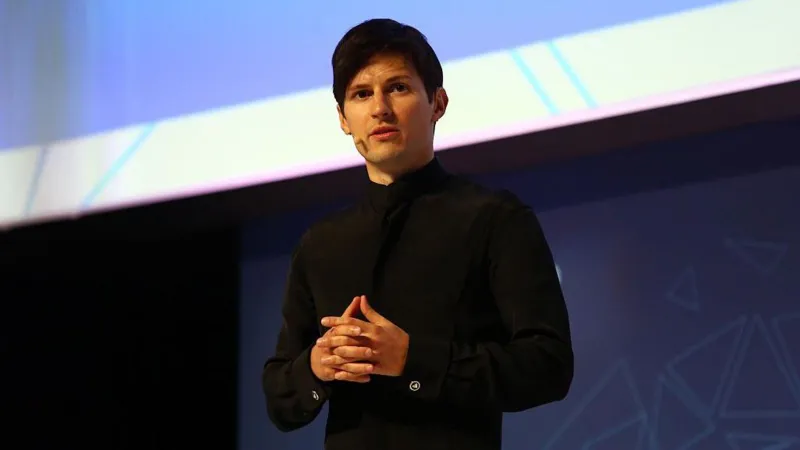Telegram founder and CEO Pavel Durov has recently been at the center of controversy following his arrest in France. Accused of failing to adequately moderate content on his messaging platform, Durov has publicly criticized the French authorities’ handling of the situation, calling his arrest “misguided” and “surprising.” The development has sparked widespread debate about the responsibilities of tech platforms and the challenges they face in content moderation.
Arrest and charges
On August 25, 2024, Pavel Durov was detained at an airport north of Paris, a move that has since sparked controversy. The arrest was prompted by allegations that Telegram, under Durov’s leadership, had not adequately moderated its platform, allowing the spread of illegal activities including drug trafficking, fraud, and the distribution of child sexual abuse material. Durov was then charged with suspected complicity in these crimes.
In his first public statement since his arrest, Durov vehemently denied the charges against him on Telegram. He argued that holding him personally responsible for criminal misuse of the platform was not only unjust but also counterproductive. According to Durov, such an approach represents a “misguided” application of the law.
Durov’s defense hinges on the fact that modern technology platforms such as Telegram are not directly comparable to older forms of communication and that applying outdated legal frameworks to tech companies is impractical and unfair. He suggested that if a country has a problem with a service, the appropriate action should be legal action against the service rather than individual officials.
Telegram’s moderation challenges
Telegram, founded by Durov in 2013, has grown rapidly and now has around 950 million users. This explosive growth has brought its own set of challenges, particularly in terms of content moderation. Telegram’s structure allows for the creation of large groups of up to 200,000 members, which some critics argue facilitates the spread of harmful content, including misinformation, extremist views, and illegal activities.
The platform’s approach to content moderation has faced scrutiny from various quarters. Critics argue that Telegram’s system is less robust than other social media platforms that have established more stringent measures to combat extremist and illegal content. Recently, the app has been in the spotlight in the UK, where it was criticized for hosting far-right channels that allegedly played a role in organizing violent unrest in English cities.
Durov has acknowledged that Telegram is not without its flaws and that the rapid growth of users has led to “growing pains” that have made it easier for bad actors to exploit the platform. In his statement, he acknowledged that the company needs to “significantly improve” its efforts in this regard. Despite this, he strongly rejected claims that Telegram operates as a “chaos haven”, stressing that the platform actively removes millions of harmful posts and channels daily.
Debate on content moderation and legal accountability
The controversy surrounding Durov’s arrest raises broader questions about tech companies’ responsibilities in content moderation and the extent to which platform operators should be held accountable for abuses of their services. As digital platforms become increasingly central to public discussion and communication, the challenge of balancing freedom of expression and the need to prevent harm is becoming increasingly complex.
Proponents of tighter regulation argue that tech companies like Telegram should do more to prevent their platforms from being used for illegal activities. They argue that the scale and influence of these platforms require a high level of accountability. On the other hand, critics of tighter regulation warn that imposing overly stringent requirements could stifle innovation and discourage the development of new technologies.
Durov’s defense highlights a key aspect of this debate: the application of legal standards developed before the advent of modern technology. They argue that holding CEOs personally accountable for the content on their platforms is not only impractical but also detrimental to the innovation that drives technological progress.
Telegram’s international presence and controversies
Telegram’s global presence extends far beyond France and the app has faced various controversies and legal challenges in different countries. Notably, Telegram was banned in Russia in 2018 after Durov refused to comply with government demands for user data. The ban was lifted in 2021, but the incident underscored the tensions between tech companies and governments over privacy and data protection issues.
The platform’s international presence is a double-edged sword. Although it has allowed Telegram to build a massive user base, it has also been banned in Russia for over a decade.
